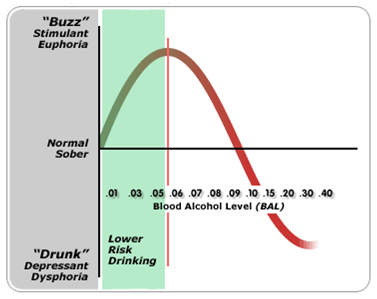Since the days before Prohibition, eggs have been in specific cocktails as an integral ingredient. While they don’t add very much, if at all, to the flavor, they do add texture and the dense foam that seems to be enjoyed by the masses. In the last 5 years, the egg has made a big comeback in the bar scene. For the foodie, its not a big deal, but when I put an “egg cocktail” on my menu, I found out that the masses are, in fact, overly concerned with consuming raw poultry products.

Ramos Fizz
I’m not a nutritionist, nor a doctor, but I do value my guests and I did a little research on consuming raw eggs before I served the first drink. I certainly hope you don’t take my advice if you have medical conditions or are pregnant or are generally still concerned. The professionals will be able to give you more peace of mind than I ever could.
From what I’ve read, only about 1% of eggs may contain harmful bacteria if they are stored and handled properly. This being the case, your local dive bar where PBR is a “fine beer” may not be the place to try a Ramos Fizz or a Pisco Sour. Eggs being a food product, give these drinks a go where food is known to be great.
Two key elements that initially eased me into trying raw eggs in cocktails were the fact that most recipes have two ingredients that help to sanitize any undesirables. The spirit itself, which is typically 80 proof (40% alcohol), acts as a killing agent for bacteria. While reassuring, also slightly troubling to think how much I actually “taste” on a given night of something that kills bacteria. The second is the addition of citrus juice. Being highly acidic, it will also render the bacterial powers useless. The same principles in creating ceviche in the kitchen, where citrus juice is use to “cook” raw fish and shellfish, apply to the drink.
These three key pieces of information had me feeling pretty good about my drink and serving it to my guests. When I tasted my staff on the drink, the questions still came up and the apprehension was obvious. Most of them are die hard foodies and long time industry professionals, so I thought that maybe a better option was out there. There was…
We used pasteurized egg substitute for the drink. It worked almost exactly like an egg white would have but gave us less to explain for the wondering guests. These products are readily available in most grocery stores.
Given the safety precautions that we take to even buy water these days, I would advise to err on the side of safety, but, if there is a cocktail with real raw eggs in it, please understand that the bar wants everything to go as it should more than anyone else in the equation. I would guarantee they go to great lengths to ensure the proper handling of the ingredient. A good rule to follow is that if you wouldn’t eat sushi or tartare or the like from the place, then don’t drink their eggy cocktails. Cheers!
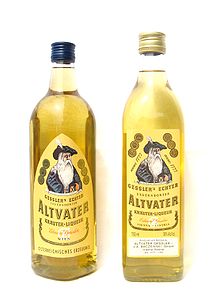


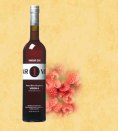 2) Hangar One Fraser River Raspberry
2) Hangar One Fraser River Raspberry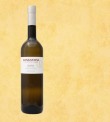 flavors & aromas. Beautifully focused and very clean, with just the right amount of pear flavor, so you actually enjoy it as a vodka. Perfect chilled & straight up: classic martini. The main (subtle) spice is clove.” It’s no surprise, if you have read my prior posts, that Hangar One holds two spots in my top five. This vodka is the essence of the holiday season. Perfect on the rocks, in a cocktail or try melding this with some warm apple cider. It doesn’t get much better!
flavors & aromas. Beautifully focused and very clean, with just the right amount of pear flavor, so you actually enjoy it as a vodka. Perfect chilled & straight up: classic martini. The main (subtle) spice is clove.” It’s no surprise, if you have read my prior posts, that Hangar One holds two spots in my top five. This vodka is the essence of the holiday season. Perfect on the rocks, in a cocktail or try melding this with some warm apple cider. It doesn’t get much better!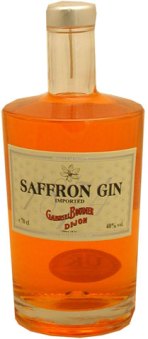 5) Gabriel Boudier Dijon Saffron Gin
5) Gabriel Boudier Dijon Saffron Gin


 e more you can stretch and break this rule.
e more you can stretch and break this rule. the dinner table. Don’t be shy to ask for help. Saying that you know EVERYTHING there is to know about wine is like saying you know EVERYTHING about computers. Nobody knows everything there is to know about either! Asking your guests “do you “prefer red or white” is a great start to narrow down the list. Once you have that established, enlist the help of the staff. Take the “embarassment” out of the process and ask questions. Most staff members will enjoy speaking about wine for a moment while you decide. They may have a recomendation that isn’t on the menu. Or they may know of that deal that the wine buyer put on the menu.
the dinner table. Don’t be shy to ask for help. Saying that you know EVERYTHING there is to know about wine is like saying you know EVERYTHING about computers. Nobody knows everything there is to know about either! Asking your guests “do you “prefer red or white” is a great start to narrow down the list. Once you have that established, enlist the help of the staff. Take the “embarassment” out of the process and ask questions. Most staff members will enjoy speaking about wine for a moment while you decide. They may have a recomendation that isn’t on the menu. Or they may know of that deal that the wine buyer put on the menu.